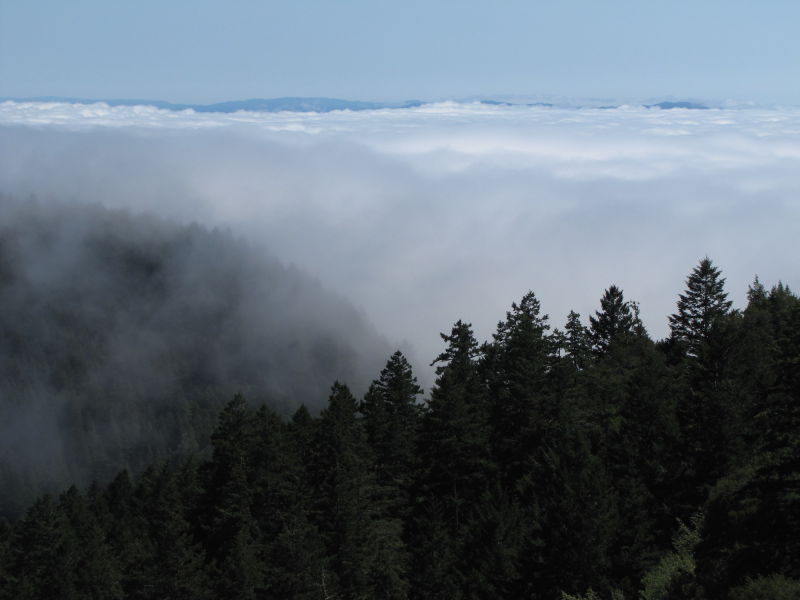Fog is iconic to the Northern California coasts, but it turns out these low-lying clouds that billow in from the ocean are not just an amazing photo opp, or a wet blanket on a day at the beach. They appear to be bringing toxic mercury with them.
In a project called FogNet, scientists have been collecting fog at coastal sites from Monterey to Eureka over the past two summers to examine the chemistry of the water droplets. They’ve discovered that fog — not rain — carries most of the mercury that falls out of the atmosphere into coastal environments. That was surprising since fog accounts for a mere 5 percent of precipitation along the coast, but made sense when they considered the ocean as the source of this environmental toxin.
“This is sort of a Sherlock Holmes kind of story,” says Kenneth Coale, an oceanographer at Moss Landing Marine Labs. “Oceanographers set to sea and shake down the usual suspects that might tell us something about this mystery of how methyl mercury is getting into fog and subsequently getting onto land.”
In addition to the land-based sampling, the researchers went out on four research cruises to the California continental margin — the submerged outer edge of the continental shelf — to find out where the mercury might be coming from. They sampled the water column, plankton and sediments, but a key to their answer came from mesoscale eddies, the huge swirling water masses that spin off from the California current. They found that these eddies are dragging up dimethyl mercury and marine aerosols in fog clouds are converting it to the methyl mercury that’s been discovered onshore.

